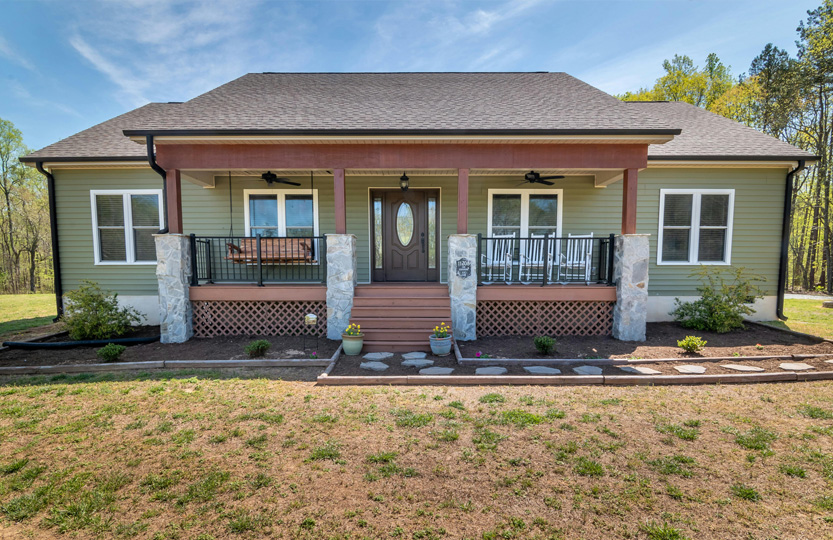Entering 2024, many prospective home buyers were optimistic about the possibility of mortgage rates declining enough for them to broaden their options when house shopping.
But entering the typically busy spring market, the Federal Reserve still hasn’t moved to slash the benchmark interest rate that tends to pull down mortgage rates with it. There’s still no clear sign of when that could come, since the Fed is committed to curbing inflation and the presidential election season heightens the political dimensions of the U.S. economy.
The average 30-year fixed-mortgage rate stands at 6.88% this week, which is well below the peak of nearly 8% last October. For buyers, that gap represents hundreds of dollars saved in monthly mortgage payments. But since the median home price remains above $400,000, those payments are still prohibitive for many people hoping for rates to come down further.
The monthly mortgage payment on a typical U.S. home has nearly doubled since the start of 2020, rising from about $1,100 to $2,200, according to Zillow. Home owners now need to earn about $106,000 a year to afford the median-priced home, compared to a salary of about $59,000 in 2020.
It’s not simply that the price of homes and monthly payments have increased. They’ve reached a level that fundamentally puts buyers in the precarious position to bet on whether the market will change enough for them to afford a home in the near-term or buy now and be able to refinance later.
As the Associated Press noted this week, the current mortgage rate is in the ballpark of the historical average, although it hasn’t held quite this high since the years around the turn of the century. The biggest difference is that home prices are already elevated due to low inventory, which increases competition among buyers and drives prices higher.
Even if mortgage rates do come down a bit, buyers may not be able to save much if home prices increase due to higher demand.
The situation is a legitimate quandary for people trying to plan a major life decision. Should they act now and worry about refinancing later, or is that overstretching their means? Should they wait, or does that leave them with an indefinite timeline that will continue to pose the same questions?
Although the Fed indicated it would aim to cut rates at least once this year, the decision will be driven more by inflation in core areas than by housing affordability. And in the meantime, for people who want to buy homes, it’s difficult not to characterize persistent high mortgage rates and rising home prices as the most problematic area of inflation they’re facing.
How the U.S. responds to the current logjam that’s tying up a core, aspirational goal for so many people will likely become an increasingly political battle in the months ahead. And in the long run, it may require more targeted policies that don’t rely on the market returning to a “normal” that now seems too distant to pretend it’s around the bend.
Photo credit Curtis Adams/Pexels.com


